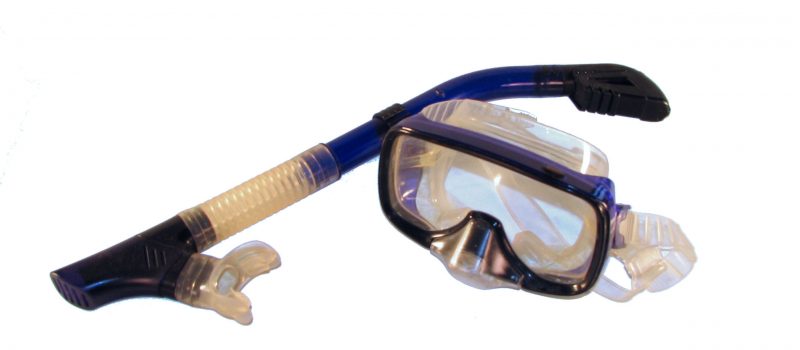
Aquatic Therapy for Low Back Pain – Goggles Optional
You won’t need goggles to help your lower back but water can make a huge difference on your recovery.
Degenerative disc disease, arthritis, herniated discs, spinal stenosis, mechanical low back pain and strains of the lumbar spine can make exercising a daunting task. So when all of the ads and advice you receive suggest that you should get moving, even when moving is utterly unimaginable, what is the best way? What can a person do to maintain their activity, peak performance or better yet, begin the process of recovery when suffering from low back pain?
In most cases, we emphasize that clients utilize patience and smart rest after an injury and or at the onset of pain. This doesn’t mean that we endorse inactivity. In fact, we endorse the right activity and for low back pain, aquatic therapy in our North Edmonton/St. Albert facility is the right therapy.
Aquatic Therapy reduces the stress of exercise:
Water’s natural properties allow a person to exercise throughout the healing and recovery process. It allows early integration of exercise in a safe and often pain(less) environment. Water’s buoyancy principals creates a reduced and sometimes non-weight bearing environment to exercise with less stress on joints and muscles.
In fact just getting in the pool can feel better:
Due to the principal of buoyancy, water can have an immediate effect on the presence of low back pain. When there is spasm or compressing forces on the spine, there is often pain associated with it. The spinal nerve roots, joint capsules and bones are all associated with pain created by compression. The reduced weight environment alleviates pressure on these structures and supports muscles that have been working overtime to support the spine. Taking the pressure off feels better.
Aquatic therapy engages core muscles in a safe environment:
Fluid Resistance is the force that opposes the motion of an object through a fluid. Viscosity is the characteristic of the fluid that defines the amount of resistance that it will exert. The viscous nature of the water, while not significant compared to other fluids like molases, will nonetheless provide resistance. Basically a person has to push their way through the water and the water will slow them down. Fluid resistance is beneficial in that it can support a person and hold them in position when still (imagine many people holding you up in all directions) and will offer resistance when they are moving (those same people won’t get out of the way when you try to move). This resistance makes water the perfect environment to perform CORE EXERCISES. Further, because the resistance is in all directions, fluid resistance increases the sensory awareness and strength of muscles equally in all of the muscles submersed in the water.
So what kind of exercises would I be performing in a Leading Edge Swimex Pool?
Here is a an example of a few exercises that we like to begin with:
(VIDEO by Andrew Chau - Aquatic Therapist at Leading Edge Physiotherapy)
Have any questions about our Pool?
Please feel free to contact us and we will answer any questions that you may have.
In Health,
Grant Fedoruk
